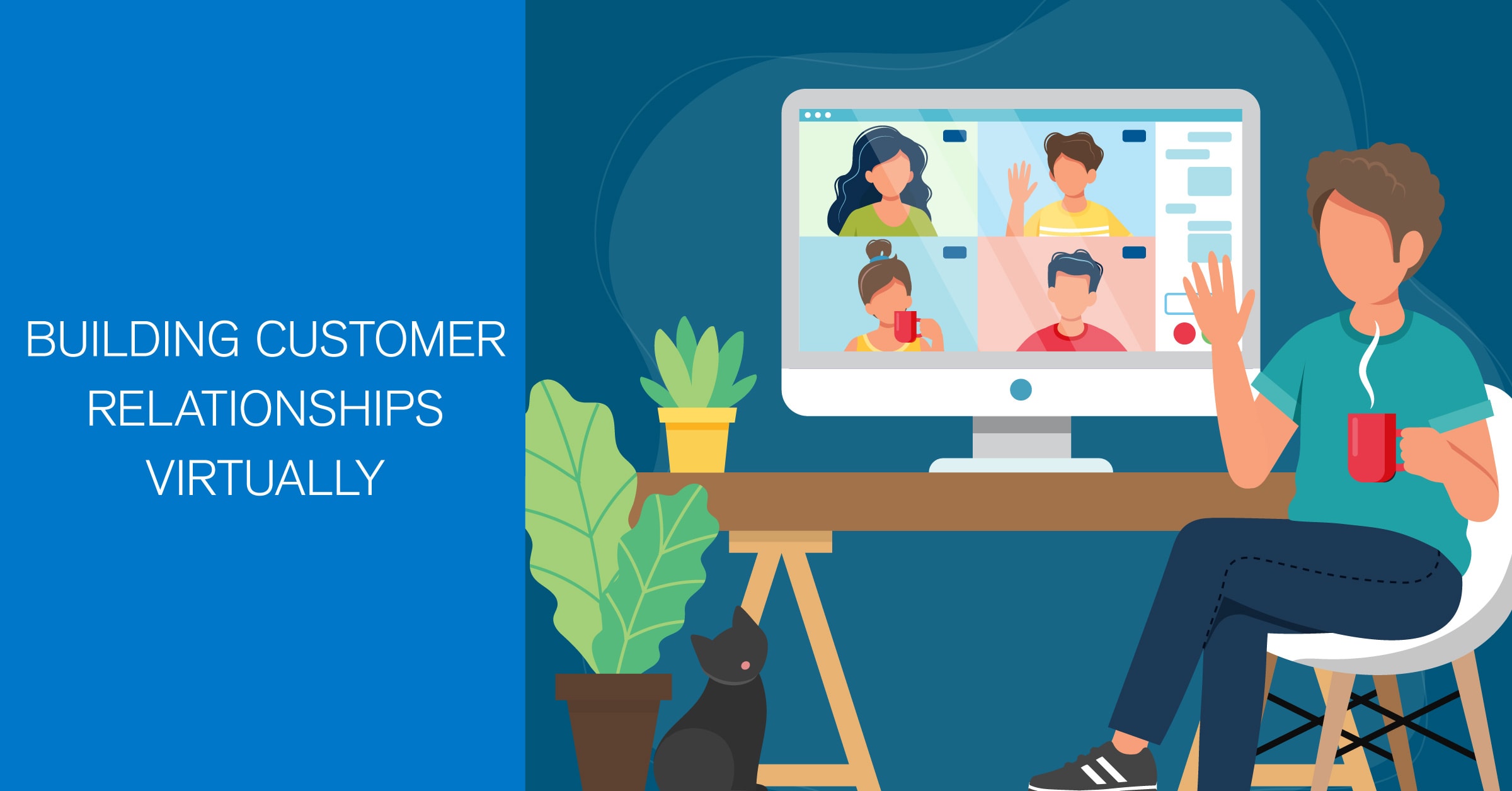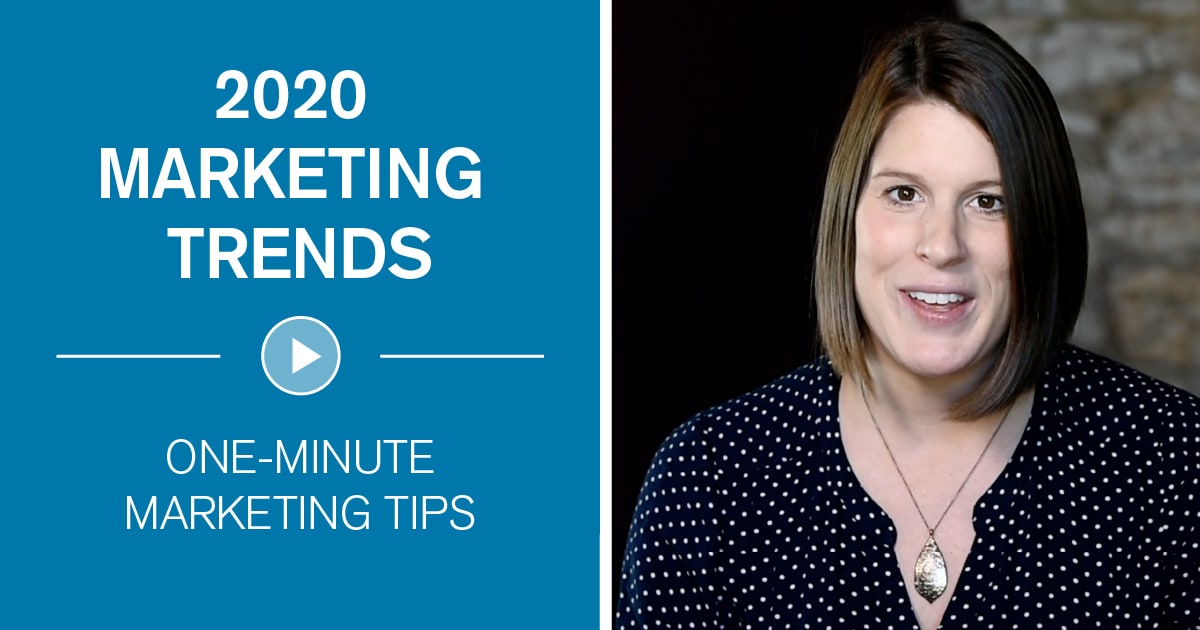How brand differentiation builds the foundation of success
To be successful in any industry, it’s important to define your competitive differentiation, lest your customers or prospects take their business elsewhere. You want your brand to rise above the crowd and be the first thing people think of when they need your product or services. How you get there requires careful thought and strategy development, likely some research, branding expertise and even design thinking.
There’s no time like the present, so let’s get started by developing a deeper understanding of the concept of differentiation in business.
What is competitive differentiation?
Competitive differentiation is a tactic you can employ to set your products and services apart from others in the marketplace. But differentiating your brand can be complex, time-consuming work, and it can involve a good deal of research. After all, it’s not just about what you think sets your brand apart; it’s also about learning what you uniquely offer that your target markets value. If you focus your strategy on a unique selling point that you think matters but your audiences don’t care about, it’s likely to be wasted energy.
So, let’s take a closer look at what differentiation in business can do for your brand, and how you can best leverage it to foster brand loyalty.
How to differentiate yourself from competition
For some brands, differentiating themselves seems easy-perhaps they own the marketplace or have a product so unique and special, no one else comes close. But for many brands, that’s not the case; most companies face competition on a grand scale, or even in a highly localized market. When the products or services you and your competition sell seem totally apples to apples, how can you possibly build competitive differentiation?
If this is an issue you’re facing with your brand, you’re in good company. In fact, in a recent survey of about 500 owners of small businesses, being able to differentiate their brand from their competitors was their biggest challenge. The good news is, marketing and branding experts know that differentiation is within reach for any brand, including yours. Here are some steps to get you on your way.
Determine your ideal customer or target market. This is truly essential to determining what they will value most about your brand. Some companies will even develop personas as a marketing strategy-these are fictional personalities that embody the ideal customer you are trying to reach. Having personas, with names and faces, can be helpful in staying true to your customers as you make daily business and branding decisions.
- Find your USP, or unique selling proposition. Keep in mind this doesn’t have to be tangible. In fact, sometimes the most powerful USP is entirely intangible. The key is not so much about how fundamentally unique your brand is, but how unique your target audiences perceive you to be. So your organization’s USP could be something intangible, like, ‘exemplary customer service,’ as long as that’s what your customers want. If you don’t know what your customers want, or don’t know who your customers are to begin with, a full-service marketing agency like Blue Door Consulting can help conduct the research needed to determine what they value most about your brand, or what they value that your brand could aspire to.
- You can differentiate your brand in many ways, so it’s important to think outside the box when brainstorming your brand’s USP. You may quickly call to mind common ways that brands differentiate themselves from their competition: by the unique products they sell, by the types of services they provide, or by price. But it’s also important to consider that you could differentiate your brand by reputation, by the relationship your staff develop with customers, or even by your distribution capabilities.
- Develop a distinctive brand identity. Your brand, including your logo and tagline should remain true to your USP. While everyone has access to design programs these days, working with trained designers and brand strategists to capture the right look and feel of your brand can make an enormous difference in the success of your branding efforts, while maintaining brand consistency across all communications platforms and materials.
While defining your customers, your USP and your brand identity, marketing experts also stress the importance of making it difficult for your competitors to duplicate what you’re doing. As investor and strategist Warren Buffet suggests, you must create what he calls an ‘economic moat,’ so that your competitive advantage is sustainable.
How design thinking can help with differentiation in business
Design thinking is a powerful tool in forging solutions, seeing your customer experience clearly, and finding your way to your USP. By engaging customers or users at the center of a problem, the process allows for a clearer definition of the challenges and development of possible solutions. The result: opportunities become clear for improving customer retention, energizing sales and overall helping organizations achieve their goals-whether for business, non-profit entities or government agencies.
At Blue Door Consulting, our team has proven expertise in marketing research, user experience design and data analysis. Whether you’re working to truly understand your target markets, define your USP, design your brand identity or solve problems, we have the experience and the knowledge to help you meet your goals.



